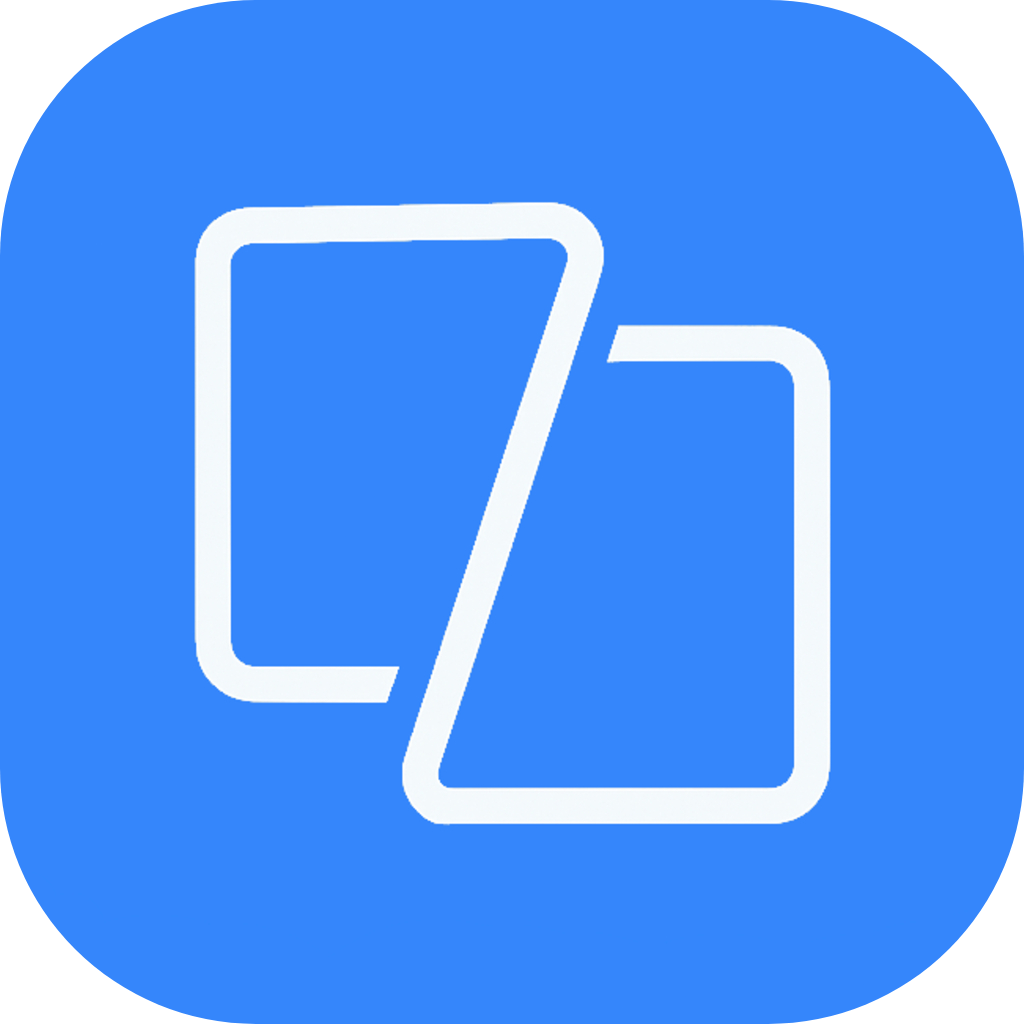How to Keep Students Engaged During One-on-One Tutoring Sessions

One-on-one tutoring can be incredibly effective, but keeping students engaged throughout the session is a major challenge. Without the buzz of a classroom, tutors must be deliberate in their approach to hold attention, encourage participation, and boost motivation. Engagement is essential because it determines how much a student absorbs, retains, and applies knowledge.
Below are detailed strategies, mixing actionable advice and bullet-point highlights, on how to keep students engaged in one-on-one tutoring. You’ll also learn how DualBoard, a specialized digital whiteboard, can make your face-to-face sessions more interactive and successful.
1. Build a Comfortable and Trusting Learning Environment for Student Engagement
Creating a welcoming and supportive atmosphere is the foundation for student engagement. When students feel safe and valued, they’re more likely to ask questions, share their thoughts, and actively participate.
Start your session by greeting the student warmly and taking a minute to check in beyond academics. This small connection humanizes the interaction and lowers anxiety.
Throughout the session, maintain a positive, encouraging tone. Avoid language that might feel critical or discouraging. Instead of saying, “That’s wrong,” say, “Good try, let’s work through it together.” This builds a growth mindset where mistakes are viewed as opportunities to learn, not failures.
Watch your body language too. Nod in acknowledgment, maintain eye contact, and keep an open posture to show you’re fully present and engaged.
Key ways to build trust and comfort:
- Begin with friendly small talk to ease nerves.
- Use positive, constructive feedback focused on effort.
- Set a judgment-free tone where mistakes are okay.
- Adapt your communication style to match the student’s personality.
- Pay attention to non-verbal cues and respond empathetically.
A strong emotional foundation helps students focus and stay engaged throughout the session.
2. Set Clear and Achievable Goals for Each Tutoring Session
Students engage more when they know what to expect and feel a sense of progress. Clear, achievable goals provide direction and motivation.
At the start of your session, outline exactly what you plan to cover. For example, “Today we’re going to review solving quadratic equations and practice factoring.”
Break complex topics into smaller, bite-sized goals. Instead of “Understand physics,” try “Master Newton’s second law problems.”
Involve students in setting goals by asking what they want to focus on. This gives them ownership and increases motivation.
Check progress during the session and adjust the pace or topics as needed.
Benefits of setting clear goals:
- Creates a structured roadmap for the session.
- Prevents overwhelming the student with too much content.
- Encourages student ownership and investment.
- Builds confidence as students see their progress.
- Helps tutors adjust pacing and content in real time.
Clear goals turn vague study time into focused learning and keep students engaged by showing them tangible achievements.
3. Use Active Learning Techniques to Boost Student Participation
Active learning transforms tutoring from passive listening into interactive problem-solving. This dramatically improves attention and retention.
Rather than simply telling or showing, engage students by asking questions that require thoughtful answers. For example, “Can you explain how you got that answer?” or “Why do you think this step is important?”
Encourage students to teach back concepts in their own words. Teaching is one of the best ways to solidify knowledge.
Work through problems collaboratively. Prompt the student to make decisions, explain reasoning, and predict outcomes.
Using real-life examples makes abstract ideas relevant and interesting. For example, use shopping discounts to explain percentages or sports stats to teach averages.
Active learning strategies include:
- Asking open-ended, thought-provoking questions.
- Having students explain concepts aloud.
- Collaborative problem-solving with guided prompts.
- Using real-world examples and applications.
- Pausing frequently for student practice and reflection.
This approach makes sessions a dialogue, not a monologue, keeping students mentally engaged.
4. Use Interactive Tutoring Tools Like DualBoard to Enhance Visual Learning
Visual learning tools can be game-changers, especially in subjects like math, language, and art. DualBoard is designed to address common frustrations in face-to-face tutoring by providing real-time mirrored writing spaces.
Instead of struggling with upside-down writing or awkward positioning, both tutor and student see the content oriented correctly on their own screens. This makes collaboration smooth and natural.
DualBoard allows simultaneous writing, drawing, and annotating, encouraging hands-on participation from students.
Why use DualBoard in tutoring?
- Real-time mirrored canvases eliminate confusion over writing orientation.
- Multiple pen sizes and colors help highlight and organize information.
- Easy undo and erase maintain session flow without distraction.
- Students can actively write or draw alongside the tutor.
- Supports a wide range of subjects from math to language practice to art.
This tool helps keep students visually and physically engaged, turning tutoring into an interactive experience.
Learn more about DualBoard here
5. Break Lessons into Manageable Segments to Maintain Focus
Long stretches of content can overwhelm and bore students. Breaking lessons into smaller chunks helps maintain focus and improves retention.
Divide your tutoring into focused segments that cover one concept or skill at a time. For example, instead of tackling an entire chapter, break it into 3–5 key ideas.
Pause after each segment to review, ask questions, or have the student summarize the material.
Incorporate mini quizzes or practice problems to reinforce learning and provide quick feedback.
Adjust the pace based on the student’s comprehension and energy levels.
Effective chunking strategies:
- Segment lessons into short, focused topics (3-5 minutes each).
- Use frequent pauses for review and reflection.
- Employ quick practice exercises or quizzes between chunks.
- Watch for signs of fatigue or confusion and adjust pacing.
- Encourage students to verbalize what they just learned.
This method prevents cognitive overload and keeps students attentive.
6. Encourage Regular Feedback from Students
Students engage more when they feel heard and involved. Regular feedback lets tutors tailor sessions to meet student needs.
Ask questions such as:
- “Is this pace okay for you?”
- “Would you like to spend more time on this topic?”
- “What parts are confusing or easy for you?”
Pay attention to both verbal and non-verbal feedback—sometimes body language reveals confusion or boredom before words do.
Be flexible and willing to adjust your teaching style, pace, or focus based on student responses.
How to encourage and use feedback:
- Create a safe space where students feel comfortable sharing honestly.
- Use simple, direct questions during sessions.
- Observe and interpret non-verbal cues carefully.
- Adapt session plans in real time based on feedback.
- Show appreciation for student input to boost motivation.
Feedback strengthens the tutor-student partnership and improves engagement.
7. Vary Teaching Methods to Cater to Different Learning Styles and Keep Sessions Fresh
People learn in different ways. Using varied teaching methods keeps sessions dynamic and addresses individual preferences.
Combine auditory, visual, and kinesthetic techniques:
- Explain concepts aloud (auditory)
- Use diagrams, charts, or tools like DualBoard (visual)
- Include hands-on activities, writing, or drawing (kinesthetic)
Switch between explanations, demonstrations, practice, and discussion regularly.
Inject games, challenges, or timed exercises to add fun and energy.
Use multimedia resources like videos or interactive apps when possible.
Why varying methods matters:
- Prevents boredom and disengagement.
- Stimulates different brain areas for better retention.
- Caters to unique student learning preferences.
- Makes sessions more enjoyable and effective.
Variety keeps students curious and focused.
8. End Each Tutoring Session with a Clear Recap and Next Steps
How you finish a tutoring session matters just as much as how you start it.
Summarize key points and highlight what the student accomplished. Reinforce confidence by celebrating progress.
Assign relevant practice or homework to strengthen skills between sessions.
Preview what you’ll cover next time to mentally prepare the student.
Encourage students to reflect on what helped or challenged them during the session.
Effective session closures include:
- Concise summary of main takeaways.
- Clear, actionable next steps or practice.
- Preview of upcoming topics or goals.
- Reflection questions to reinforce learning.
- Positive reinforcement to motivate ongoing effort.
Strong endings help students retain information and build momentum.
Final Thoughts: Boost Student Engagement in One-on-One Tutoring with Proven Strategies and DualBoard
Keeping students engaged in one-on-one tutoring requires building trust, setting clear goals, involving students actively, breaking content into chunks, and using varied teaching methods. Tools like DualBoard, with its real-time mirrored writing and drawing features, remove common barriers and promote collaboration in face-to-face sessions.
By combining these strategies and technology, you can create tutoring sessions that are focused, interactive, and rewarding for both you and your students.




